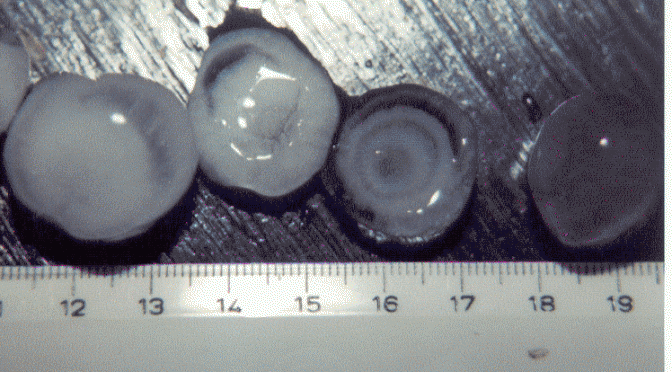Cloud microphysical processes
In earlier units, we only looked at synoptic scale or mesoscale aspects of cloud and precipitation formation. So far we only looked at the phase transition processes over a flat surface. We had introduced the concepts of buoyancy, stability and stratification for vertical motions.
In this unit, we will look at the microphysical aspects of cloud and precipitation formation. In doing so, we formulate the phase transition over a sphere or concave/convex ice crystals and include the role of aerosols that can serve as cloud and ice nuclei. We introduce how how an embryo droplet/ice crystal grows to a hydrometeor and the fates of droplets and ice crystals within and underneath a cloud as well as convective and stratiform cloud and precipitation formation.
Learning goals
After completion of this unit, all students will be able to
- Define the seven cloud microphysical processes
- Classify and describe their sub-categories
- Explain the competition and interaction of cloud microphysical processes
- Apply of the principles of the thermodynamics of irreversible processes to discuss homogeneous and heterogeneous nucleation, diffusion, collection, sedimentation, ice enhancement, melting, and breakup processes
In addition, graduate students will be able to
- Execute the concept of mass conservation to be applied when modeling cloud microphysical processes
- Differentiate between bulk and spectral cloud models
Students’ Tasks
- Watch this video on the material that will be discussed in class and take notes as needed
- Read chapters 3. to 3.7 (included) of Lectures in Meteorology and take notes
- Watch this video of a worked problem
- Watch this video of a simulation of a melting snowflake
- Fill out the unit questionnaire by 2359 AST Thursday
- Graduate students: Read also chapter 3.8 in Lectures in Meteorology
- Graduate students: Watch also this video of a worked problem
- Graduate students: Work on this unit9 problem task sheet and submit your solutions by Thursday 2359 AKST.
- All students: Participate in the discussion channel of this unit on the discussion board
- All students: Take this Cloud Physics quiz at your class level
Supplemental Material
The slides used in the video on the lecture material can be downloaded at Unit9_ppt.
© 2019 Nicole Mölders | All rights reserved

